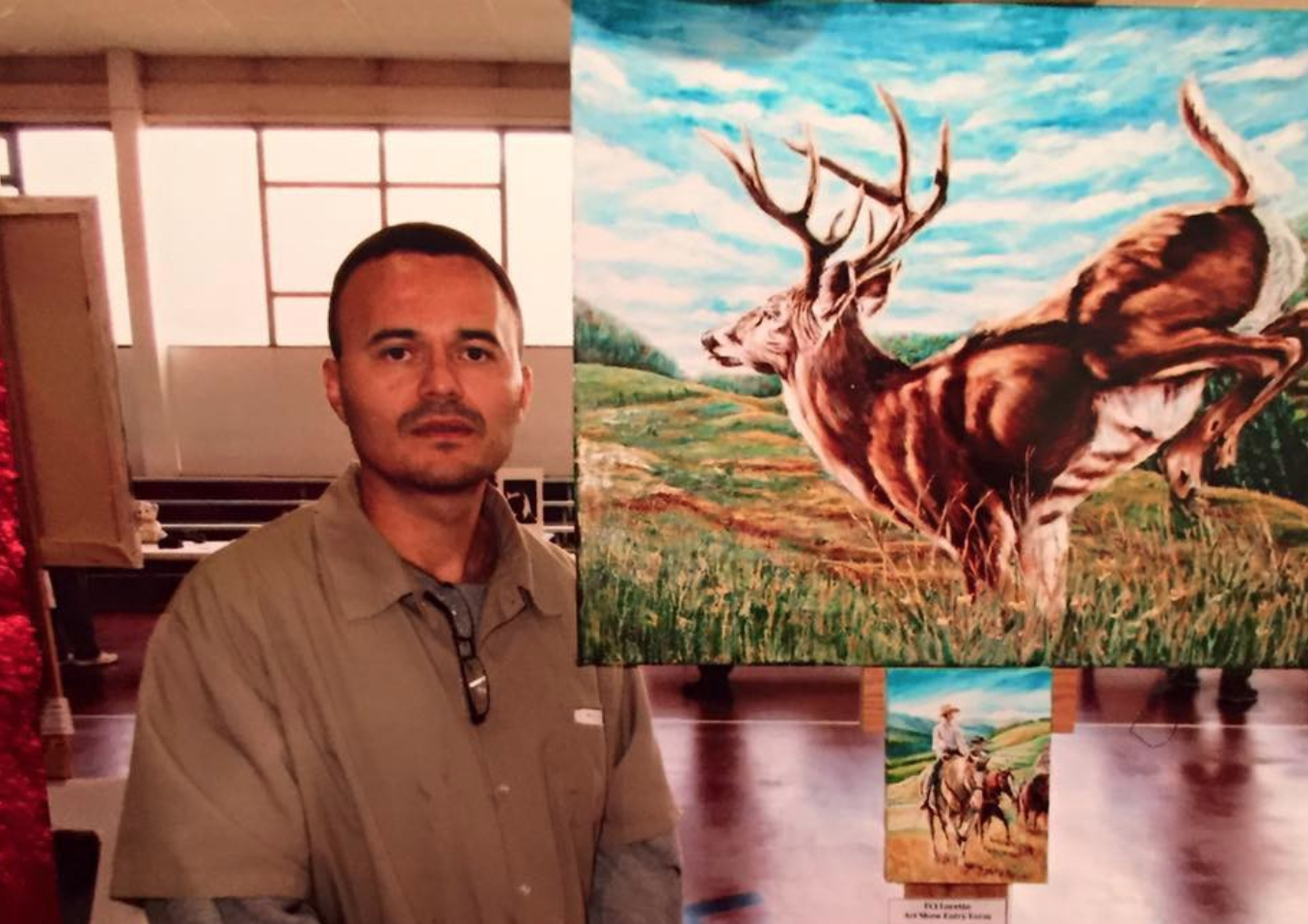
I attended the Prison Creative Arts Project 17th Annual Prisoner Art Show in Michigan in March of 2012 and purchased the “Mouse House,” created by inmate E. Ellis, Jr. The structure itself is accompanied by a set of typed instructions, which dictate how to uncover the secret bait bucket in the back of the house, which one can fill with a treat to entice a mouse.
The Mouse House sits on the border of art and craft. Ellis encourages us to consider art as interactive, providing explicit directions for how to turn the art into a functioning mouse trap. It is playful, with its images of Mickey Mouse and its dollhouse-esque construction, yet oppressive, with a sign reading “YE WHO ENTER ABANDON ALL HOPE,” at the same time. One can of course see the parallels of the design of the Mouse House with the environment in which the piece was created.
I have been trying to find information on Ellis, but have only been able so far to determine his birthdate and potential date of release from the Michigan DOC website, so any suggestions would be much appreciated.
Prison art taps into many of the intersections of art and crime. Those who create such art are already automatically labeled as “criminals,” and therefore the art often carries with it some sense of transgression for the audience (see work on “murderabilia”). Sometimes the art itself is even a crime, as when the art is not produced in an official art program nor created with approved art supplies. Whether art is seen as positive or negative can vary a huge amount within the prison system, inside a particular institution, or even for a particular piece.
Bonus: This image (partially) shows the Mouse House resting on a chair that was made by San Quentin inmate #65587, completed on April 19, 1941. Again we can consider the “art” vs. “craft” boundary, and how the meaning of an object can change once one discovers its origin of creation.







I never knew of prison art shows and I am very intrigued to see one now. I truly loved to see this “artwork”/”craft”. For me, having the ability to create art can help an inmate present themselves and their ideas in a way other than a criminal. Unfortunately, as stated, it is true that once someone knows the origin of its creation (inmate), then it is hard to view the “craft” without seeking the perspective of a criminalistic view. While this is an unfortunate consequence, I still find it cool to see the minds of prisoners in an artistic way.